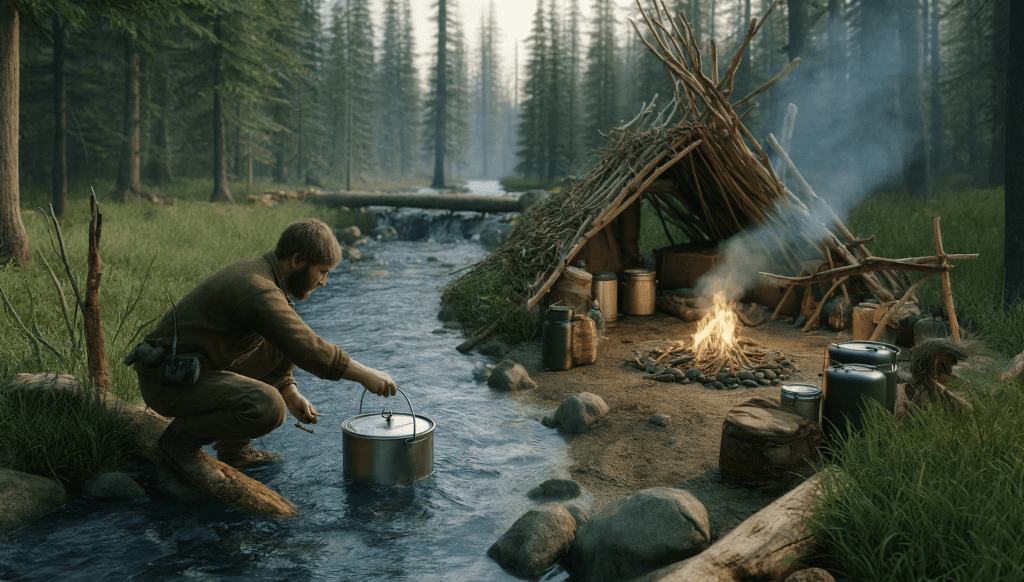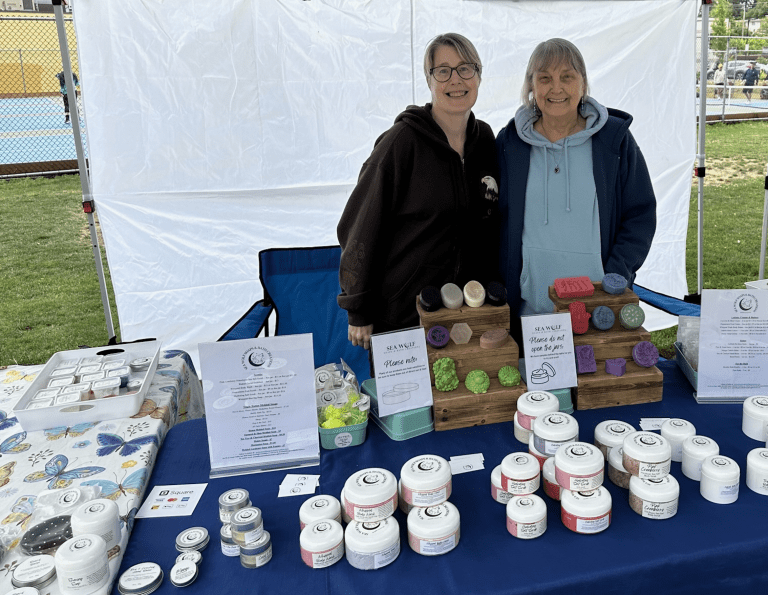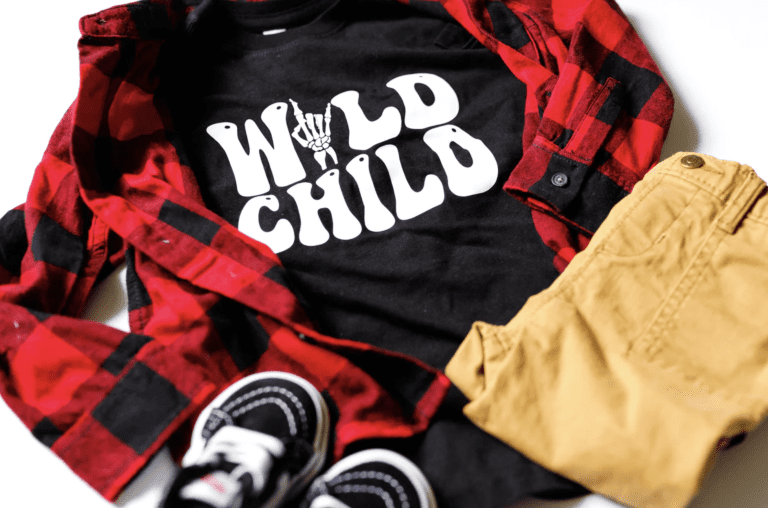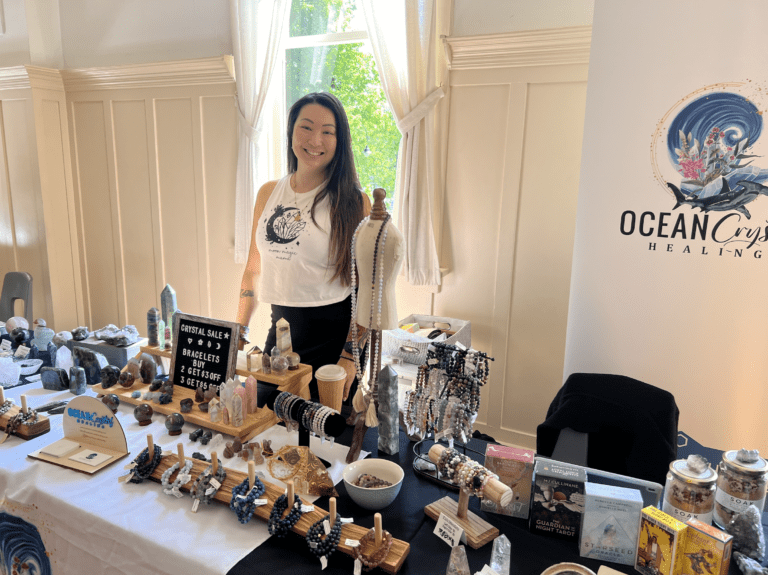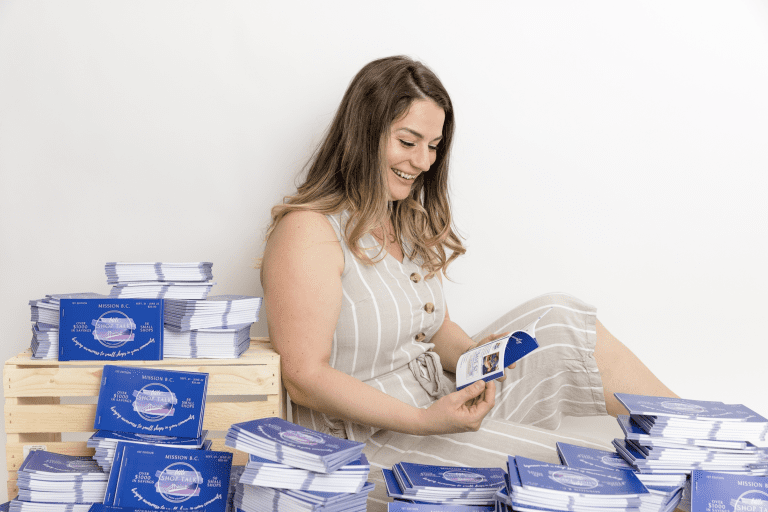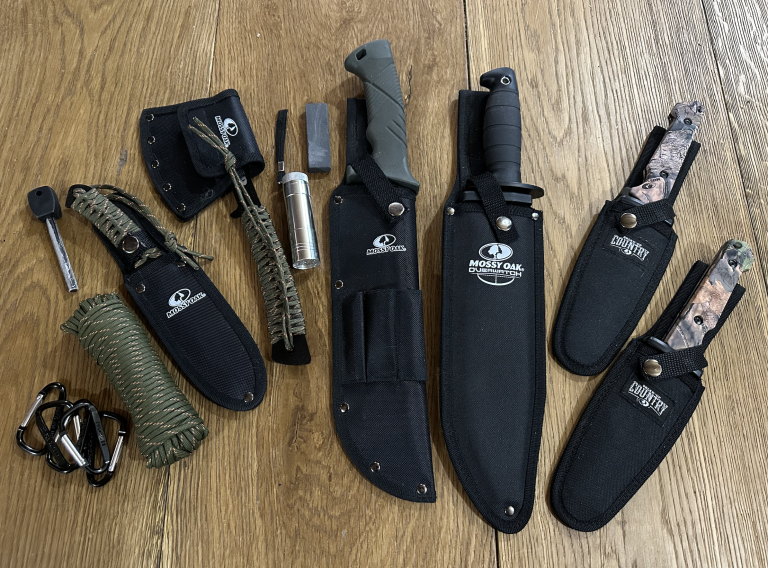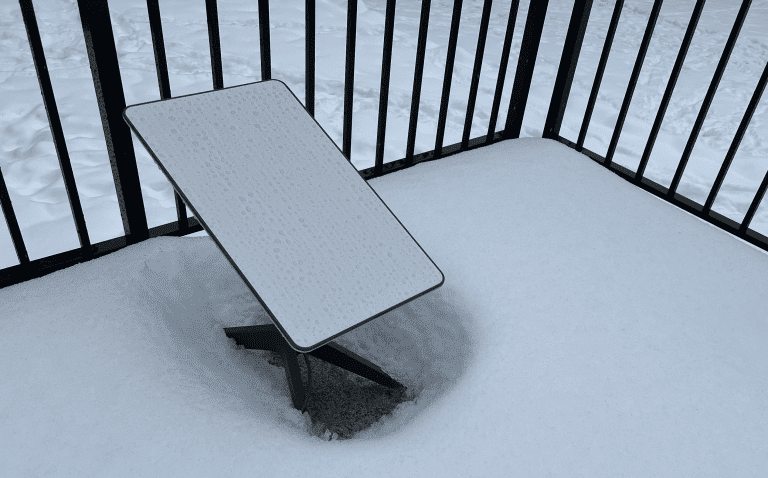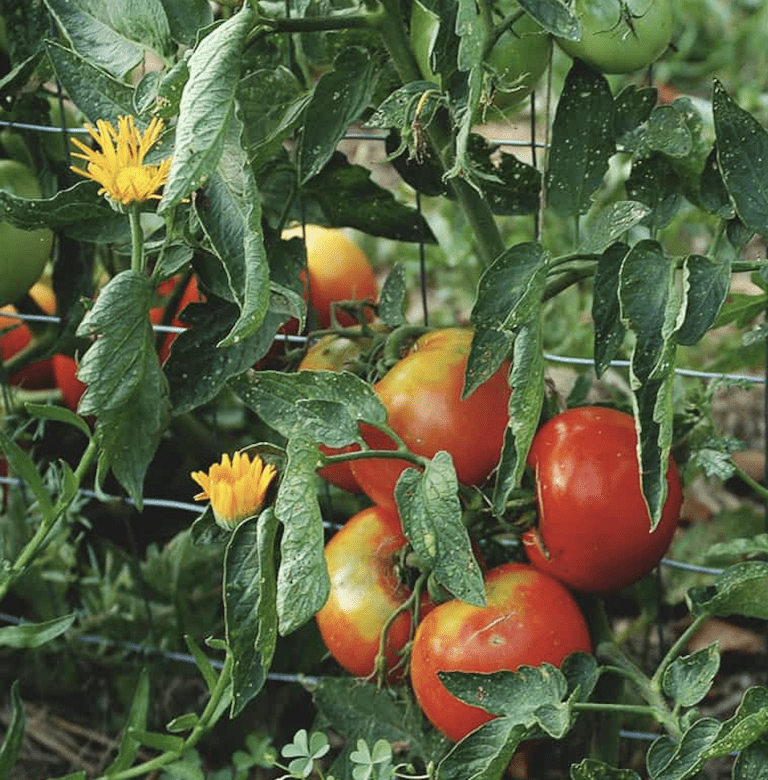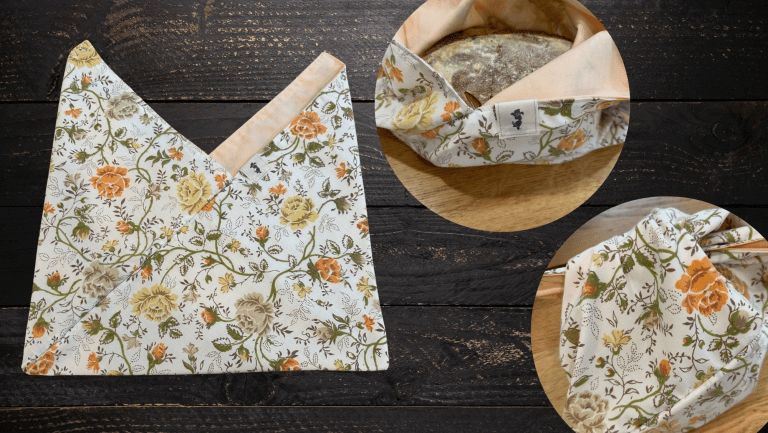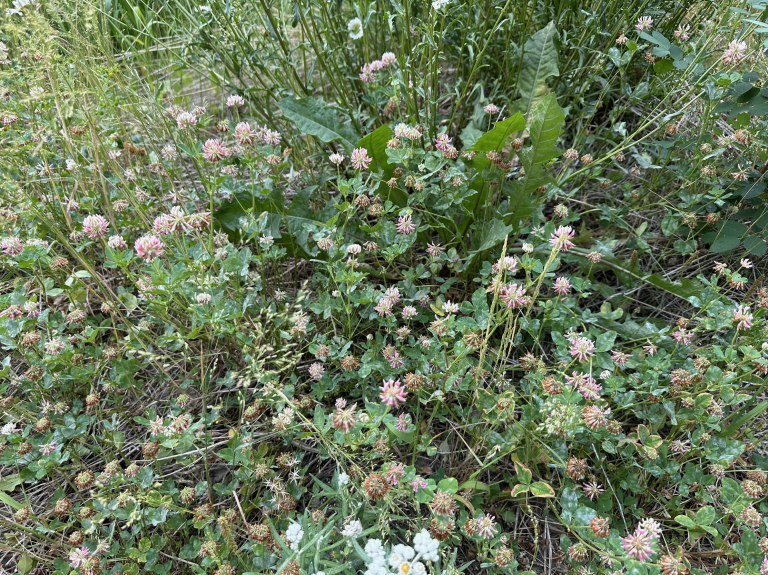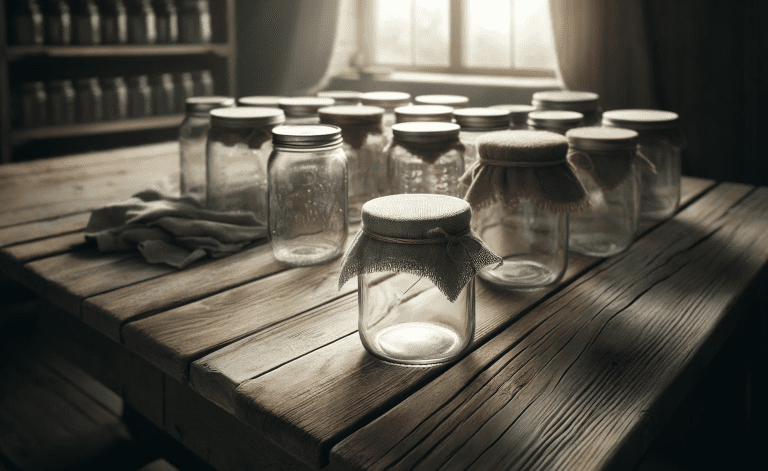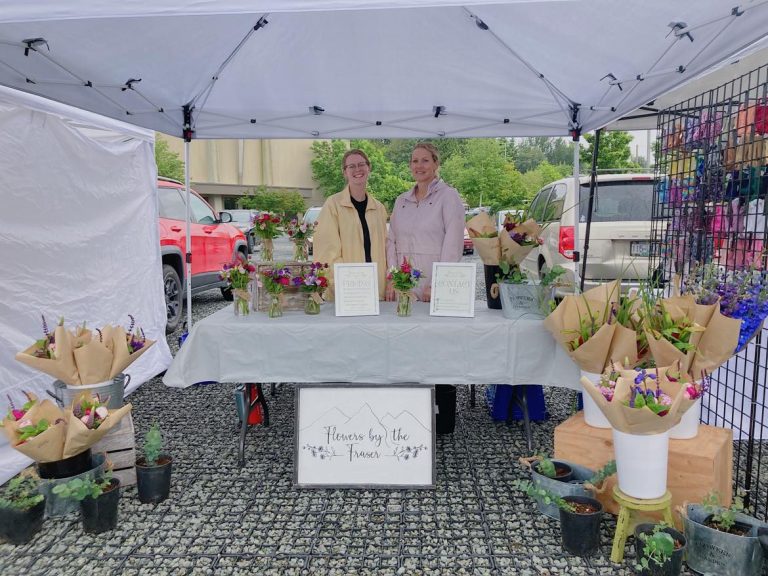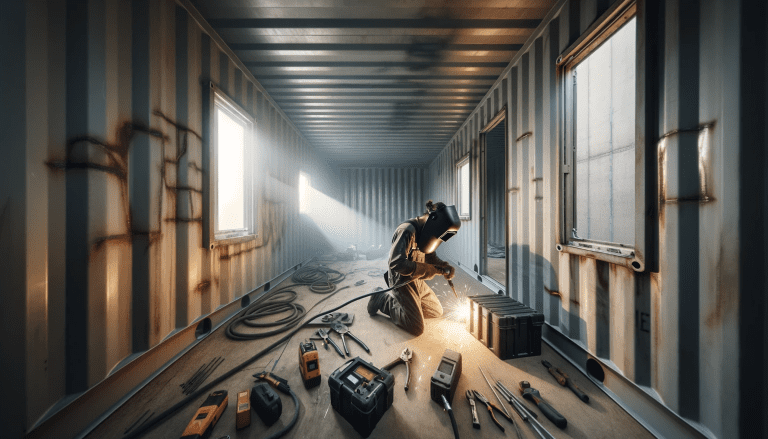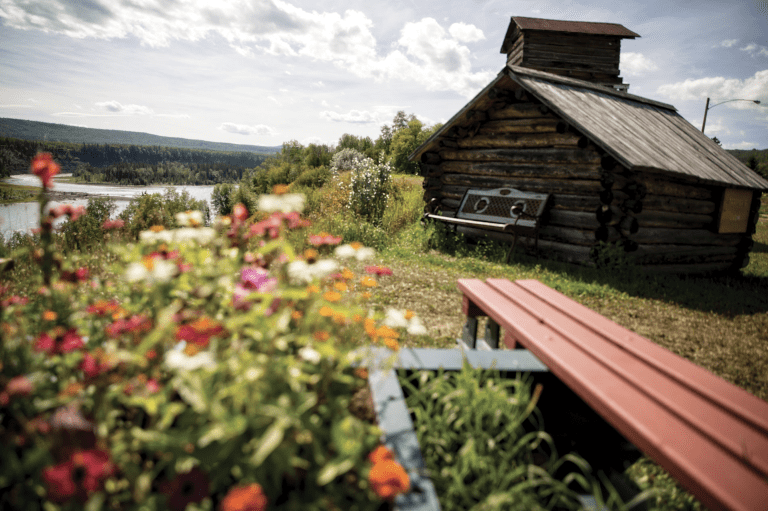When you find yourself in the great outdoors, whether for a bushcraft adventure, homesteading, or an unexpected outdoor survival situation, access to clean water is crucial. Water is essential for hydration, cooking, and hygiene, but in nature, it’s rarely safe to drink directly from sources like rivers, lakes, or streams. Contaminated water can harbour pathogens like bacteria, viruses, and parasites that cause serious illness. In this blog post article on Wild Bluebell Homestead, we’ll explore various water purification methods, their benefits, and how each process works. By the end, you’ll have a comprehensive understanding of how to ensure your water is safe to drink in any outdoor scenario.
Boiling
Benefits: Boiling is one of the simplest and most effective ways to purify water. It kills bacteria, viruses, and parasites.
Process:
- Collect water from a natural source.
- Bring the water to a rolling boil in a pot or kettle.
- Let it boil for at least 1-3 minutes (longer at higher altitudes).
- Allow the water to cool before drinking.
How It Works: The high temperature of boiling water denatures the proteins in pathogens, effectively killing them and making the water safe to drink.
Filtration
Benefits: Portable and efficient, water filters can remove bacteria, protozoa, and particulates. Some advanced filters also reduce viruses.
Process:
- Choose a water filter appropriate for your needs (straw filters, pump filters, or gravity filters).
- Follow the manufacturer’s instructions to filter water from the source.
- Ensure the filter is maintained and cleaned regularly.
How It Works: Water filters use physical barriers, such as ceramic or hollow fiber membranes, to trap pathogens and particulates. Some filters include activated carbon to reduce chemicals and improve taste.
Chemical Purification
Benefits: Lightweight and easy to carry, chemical treatments can effectively kill bacteria, viruses, and protozoa.
Types and Process:
- Chlorine Dioxide Tablets:
- Add the tablet to the water.
- Wait for 30 minutes to 4 hours, depending on the clarity and temperature of the water.
- Iodine Tablets:
- Add the iodine tablet to the water.
- Wait for at least 30 minutes.
How It Works: Chemical treatments release agents that disrupt the cellular structure of pathogens, rendering them harmless. Chlorine dioxide is effective against a broader range of pathogens compared to iodine.
UV Light Purification
Benefits: UV purifiers are effective against all types of pathogens, including bacteria, viruses, and protozoa. They are quick and easy to use.
Process:
- Collect clear water (pre-filter if necessary).
- Use a UV purifier device according to the instructions.
- Stir the device in the water for the recommended time (usually 60-90 seconds).
How It Works: UV light disrupts the DNA of pathogens, preventing them from replicating and causing illness. This method requires clear water since particulate matter can shield pathogens from the UV light.
Solar Purification (SODIS)
Benefits: SODIS (Solar Disinfection) is a cost-effective and eco-friendly method, useful in sunny climates.
Process:
- Fill a clear plastic or glass bottle with water.
- Leave the bottle in direct sunlight for at least 6 hours (or 2 days in cloudy weather).
How It Works: The UV-A rays from the sun and the heat generated in the bottle work together to kill pathogens. This method is best for small quantities of water and requires patience and sunlight.
Improvised Methods
Benefits: Useful in extreme survival situations when no other equipment is available.
Types and Process:
- Cloth Filtration:
- Filter water through a clean cloth to remove large particulates.
- Follow up with boiling or chemical treatment.
- Natural Filters:
- Create a filter using layers of sand, charcoal, and gravel in a container.
- Pour water through the filter and then boil or chemically treat it.
How It Works: These methods help remove debris and some pathogens, but should always be followed by another purification step to ensure safety.
Distillation
Benefits: Distillation can remove a wide range of contaminants, including pathogens, heavy metals, and salts, making it highly effective for purifying water.
Process:
- Set up a distillation apparatus (this can be improvised using a pot, a lid, and a collection container).
- Heat the water until it boils and begins to evaporate.
- Collect the condensed steam in a clean container.
How It Works: Distillation involves boiling water to produce steam, which then condenses back into liquid form, leaving most contaminants behind.
Ceramic Filters
Benefits: Durable and effective, ceramic filters can remove bacteria and protozoa, and some are impregnated with silver to enhance antimicrobial properties.
Process:
- Pour water through the ceramic filter.
- Collect the filtered water in a clean container.
How It Works: The porous ceramic material traps pathogens while allowing clean water to pass through. Silver impregnation can provide additional disinfection.
Closing Thoughts
Ensuring access to safe drinking water is a fundamental aspect of outdoor survival, bushcraft, and homesteading. Each method of water purification has its own advantages and limitations, making it important to understand and be prepared to use more than one technique depending on your situation. Whether you’re boiling water over a campfire, using a high-tech UV purifier, or employing improvised methods in a pinch, the key is to make sure the water you consume is free from harmful pathogens. At Wild Bluebell Homestead, we believe in equipping you with the knowledge and skills to thrive in nature safely. Stay prepared, stay hydrated, and enjoy the great outdoors with confidence!

